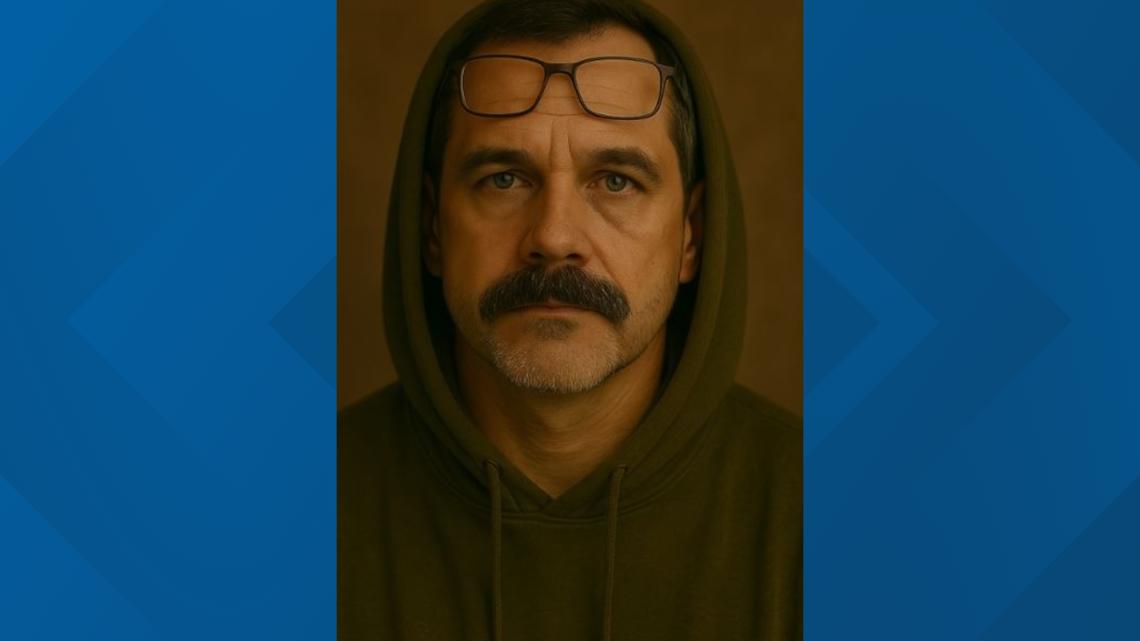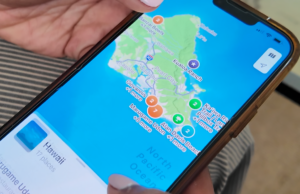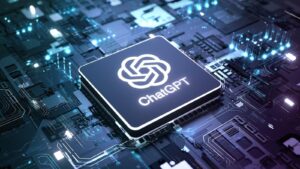Arizona Police Department Leverages AI to Transform Suspect Sketch Creation

Goodyear Police Department Harnesses AI for Forensic Sketches
The Goodyear Police Department in Arizona is pioneering an innovative approach to forensic investigation by incorporating artificial intelligence (AI) into their processes, specifically in the realm of forensic sketches.
Transforming Forensic Artistry
A New Era in Sketching
Officer Michael Bonasera, who serves as a forensic sketch artist with the Goodyear Police, began exploring this new technology out of a sense of curiosity. He quickly discovered the remarkable potential of AI to enhance traditional forensic sketch methods.
“The first time I used it, I was astonished,” Bonasera shared. “It created an image that truly captured what I imagined a real person would look like based on the sketch.”
The Traditional Process
For many years, law enforcement has depended on the skills of forensic artists to create hand-drawn composite sketches based on witnesses’ or victims’ recollections. These sketches have played a crucial role in identifying suspects.
Now, Bonasera has adapted this tried-and-true method by integrating AI tools such as ChatGPT into the investigative process. After finalizing a sketch, he inputs it into the AI program, which generates a lifelike image based on the drawing.
The AI Integration Process
Key Steps in Using AI
- Interviewing Witnesses: The initial step remains the same, requiring thorough interviews to extract detailed descriptions from witnesses or victims.
- Creating Preliminary Sketch: Based on the gathered descriptions, the forensic artist creates a basic sketch.
- AI Image Generation: The completed sketch is then processed through AI software, which produces a realistic image.
- Aging Adjustments: Bonasera emphasizes that the AI allows him to modify the image, such as prompting it to age the person by several years without the tedious process of redrawing.
“The AI can age an image just with a swipe of a finger, instead of me manually sketching and erasing,” he noted.
Application in Real Cases
First Public Release
The Goodyear Police Department recently made headlines by releasing its first AI-generated image to the public. This image was part of their efforts to identify a suspect involved in an attempted kidnapping case.
While Bonasera acknowledges that these AI-generated images alone do not constitute probable cause for arrest, they serve as a useful starting point for leads in investigations. “These images help us identify possible persons of interest, allowing us to then speak with them,” he explained.
The Future of Forensic Investigations
AI as a Complementary Tool
Bonasera believes that AI will not replace the vital role of forensic artists but will enhance the scope and effectiveness of their work. “We’re expanding the possibilities for investigations,” he said. This technology allows them to revisit cold cases that may not have yielded results in the past.
For cases that are several years old, the ability to generate a clear visual representation of a suspect can reignite investigations and provide new leads that were previously unavailable.
Conclusion
The integration of AI into forensic sketching practices by the Goodyear Police Department represents a pivotal advancement in law enforcement techniques. As the technology continues to evolve, it is expected that its applications will further enhance investigative outcomes, enabling police departments to solve both current and cold cases more effectively.






